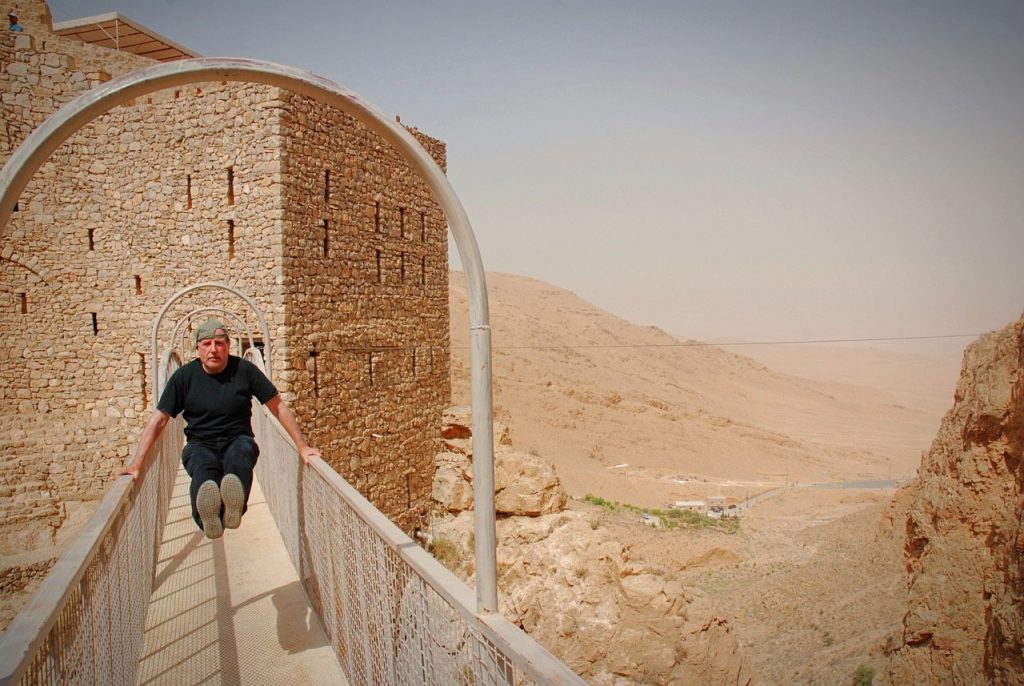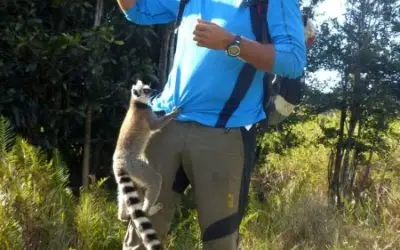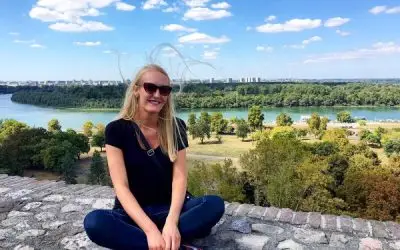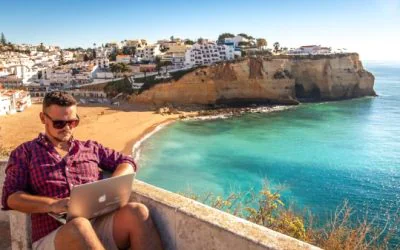Ed is the man behind the website Exploring Ed, as well as the author of a fabulous photo book on the subway stations of New York entitled ‘Station to Station’. He tries to stay in a country for at least a week, so clearly our poll would never concern any of his visits! Eventually, he hopes to reach 193!
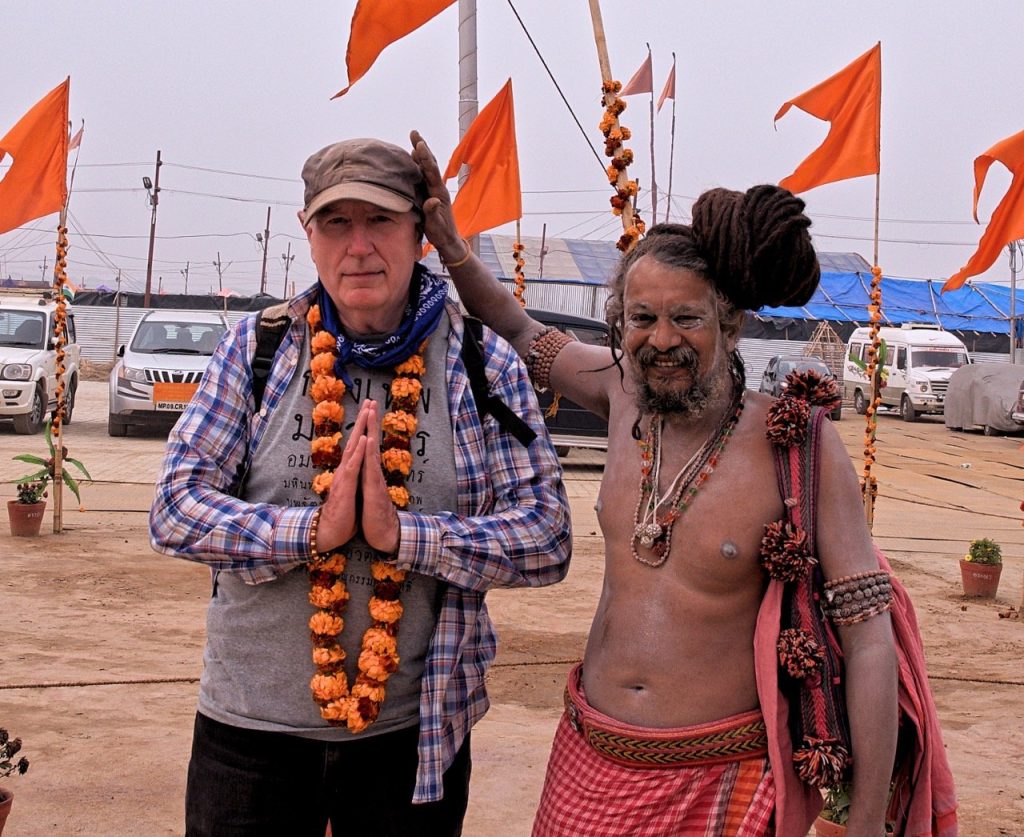
Ed, please tell us something about yourself – where do you come from, when and how did you start travelling?
I’m from Denver, Colorado. My family didn’t travel much. The only big trips we did were two from Denver to Kansas City, which is 600 miles of flat plains, to see my grandmother. For a child, a full day of Interstate 70 was the epitome of monotony. The closest thing to interesting were periodic signs giving the distance to “The World Biggest Prairie Dog.” We finally drove off the highway to see what I thought would be a huge, living, breathing prairie dog. To my disappointment, it was perhaps a 10-foot statue of a prairie dog made of concrete. Not an auspicious start for a world traveller.
Yet there must have been some intrinsic interest in seeing the world even as a child. I was always fascinated with maps, current and historical ones. At one point in elementary school, I could identify every country in Africa, a feat I couldn’t duplicate until a few years ago.
I did explore Denver extensively on my bicycle while in junior high and high school. I rode an old paperboy bike with no gears and square handlebars pointed up. I would especially go through industrial areas on winding roads and bridges by the South Platte River. Today many of these places have been developed into apartments and have no resemblance to my Denver days.
While in high school, I had a few episodes of travel outside of Colorado. My science class took a bus trip to Puerto Peñasco on the northern shore of the Gulf of California, in Mexico. I only remember singing on the bus with my friends and seeing the beach for the first time. I was also part of civic and vocational organizations and was able to travel to Chicago (a really big city to me at the time) and Atlantic City. When considering colleges, I flew to New York City to check out Columbia University and ended up walking from Morningside Heights to the World Trade Center.
So, there was no particular indication that someday I’d roam the globe except that I was peripatetic in my small world and checked out hundreds of books from my local library on foreign cultures and geography. That changed after I graduated from high school and started hitchhiking across the U.S. and a bit of Canada. Before I was 21, I had been to all the lower 48 U.S. states. I wish I took photos then as I met many people, both wonderful and strange, and had many adventures.
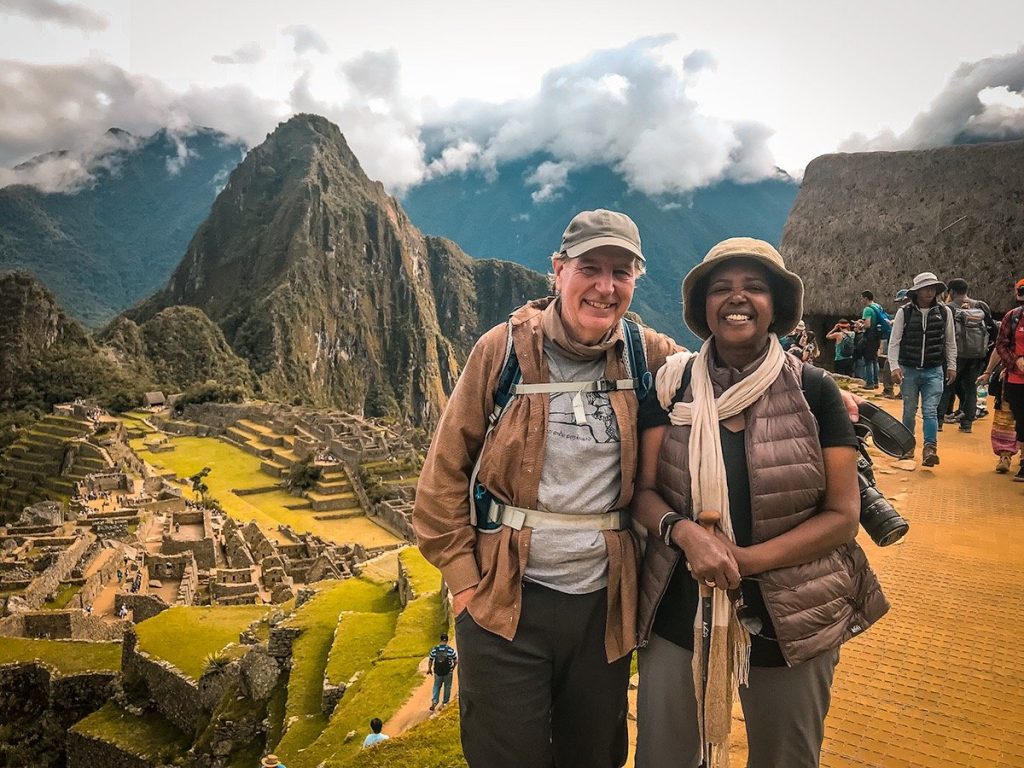

On your blog, you mention that you travel along with working and raising a family. How do you manage to combine extensive travel with your everyday life? Does it require some special planning skills or is it just another part of your life?
While working, I took advantage of every vacation, holiday and long weekend to travel with the family, either on day trips, cross-country drives or international trips. I also travelled internationally for work and could explore on weekends and some nights.
My wife Khadija worked in Egypt for the United Nations and my youngest daughter, Ayan, accompanied her and attended high school there. While visiting them, it was a base to travel to nearby countries. Khadija later transferred to Guyana, which became a new base for exploration.
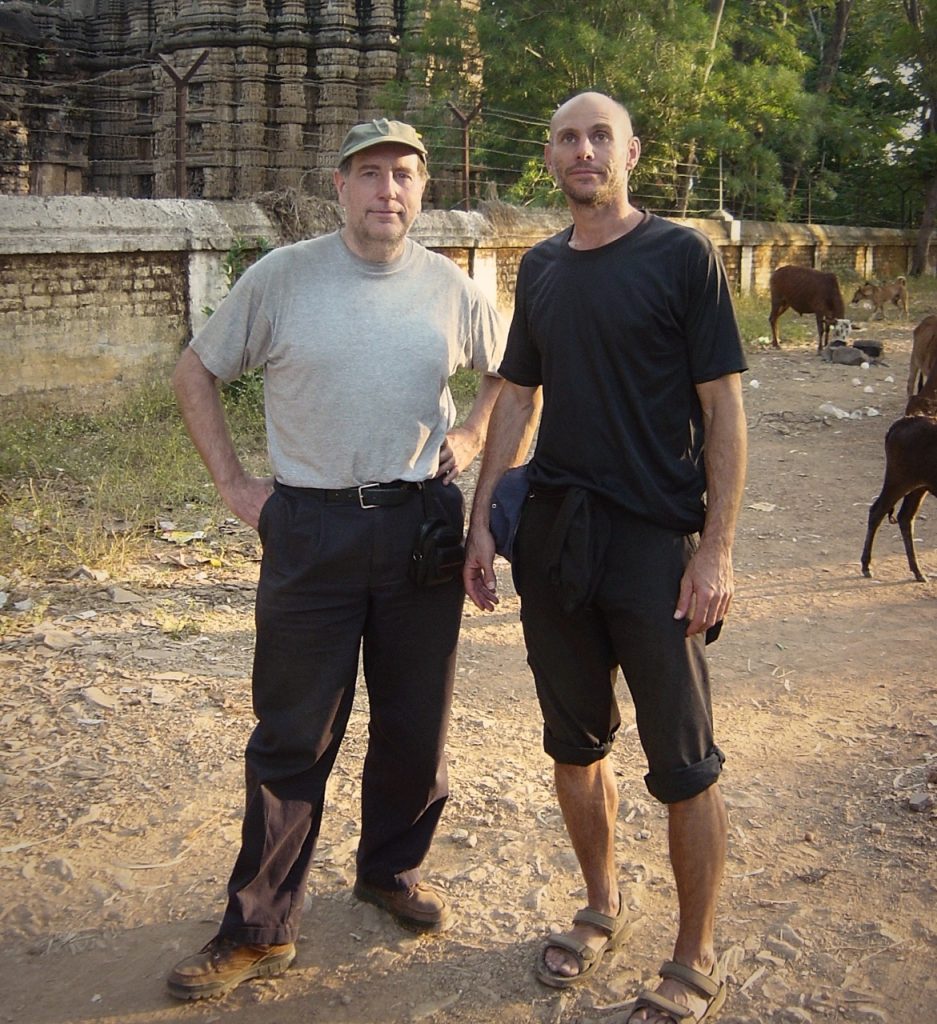
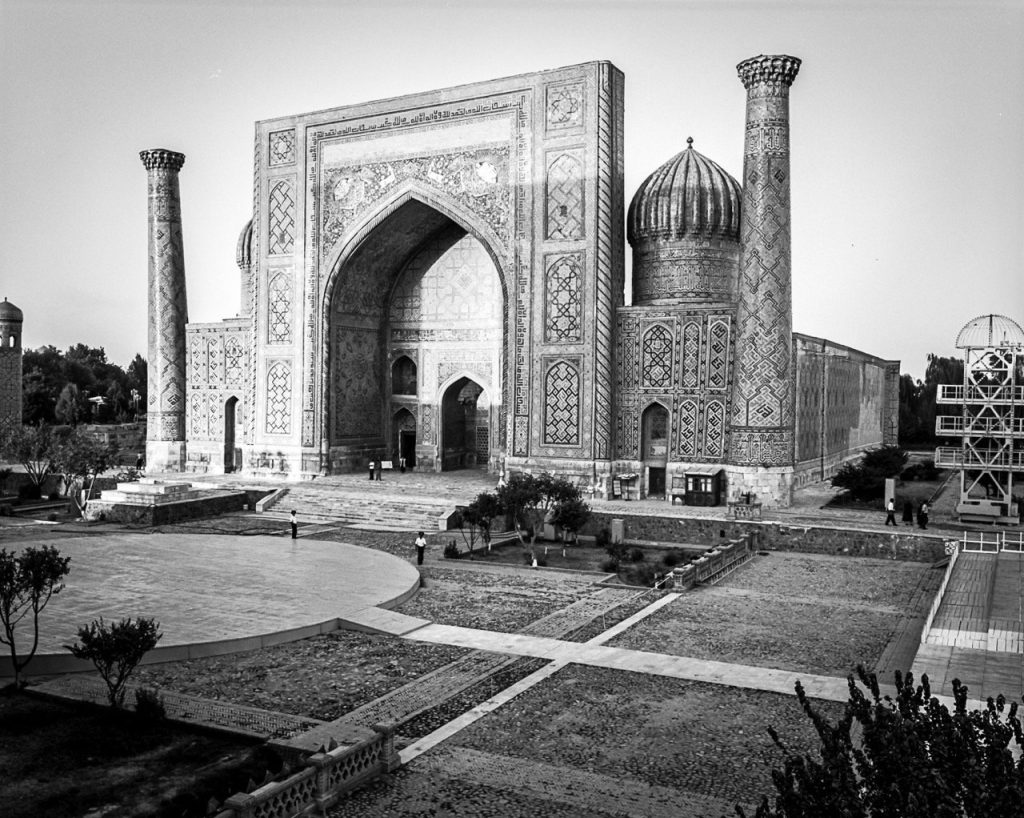
You’re on a mission to visit all countries in the World. How did you come to this idea? When do you see yourself achieving it?
I was doing a gut renovation of a brownstone in Harlem and my contractor stopped performing. I decided to take over the job, even though I had scant construction experience. This was the catalyst to stop working, something I had been thinking about for several years.
When the brownstone was finished, I was ready for a new stage in my life. I just decided one day to go to every country. To start it off, Khadija, Ayan and I went to Cuba for New Year’s, as it had just become possible for all Americans to travel there. Then Khadija and I travelled internationally 4x/a year, once each to Europe, Africa, Asia / Oceania and Latin America / Caribbean. We were able to keep this rhythm for a few years and I started my blog, ExploringEd.com to document my insights and experiences.
It all stopped in March 2020, when the Covid lockdown started. For the next year and a half, I still explored by bicycle in the outer boroughs of New York City. I also found a publisher for my photobook, a decade-long project, which chronicles my travels on every subway line in NYC. My book features candid, black-and-white photographs of passengers in their daily life. After spending months choosing and scanning negatives and designing the book, “Station to Station – Exploring the New York Subways” is available for purchase.
In each country I visit, I want to learn about the history and politics, plus experience the culture and art, so I typically spend a minimum of a week and research extensively when I return. I don’t want to set foot in the country and say I’ve been there. Even with careful planning and visiting adjacent countries in single trips, this will probably require 15 to 20 more journeys in the next three to five years.
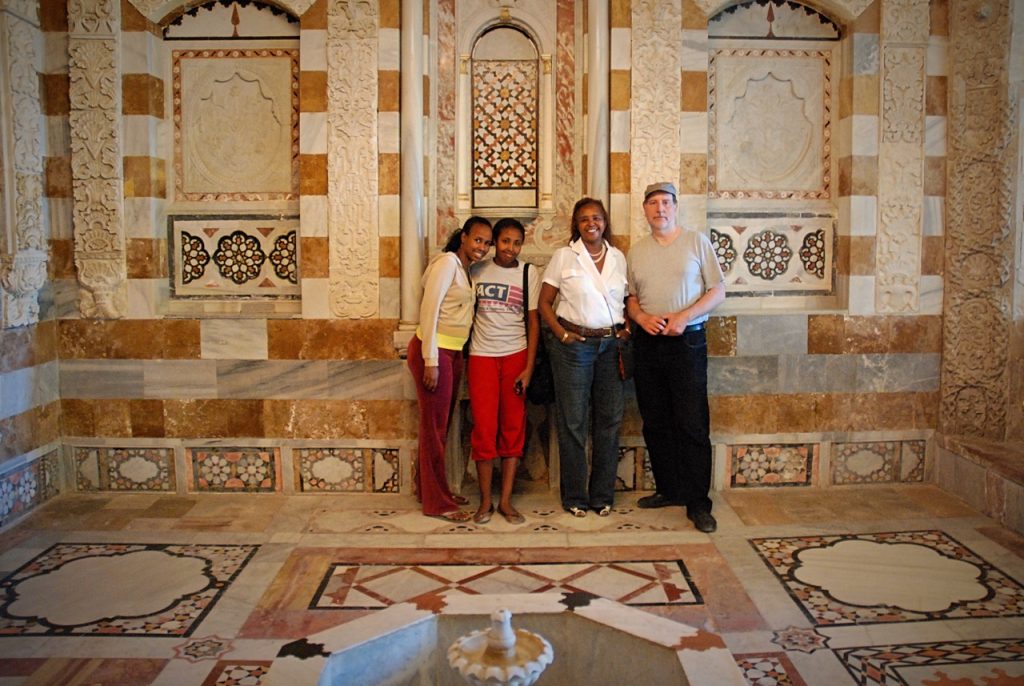
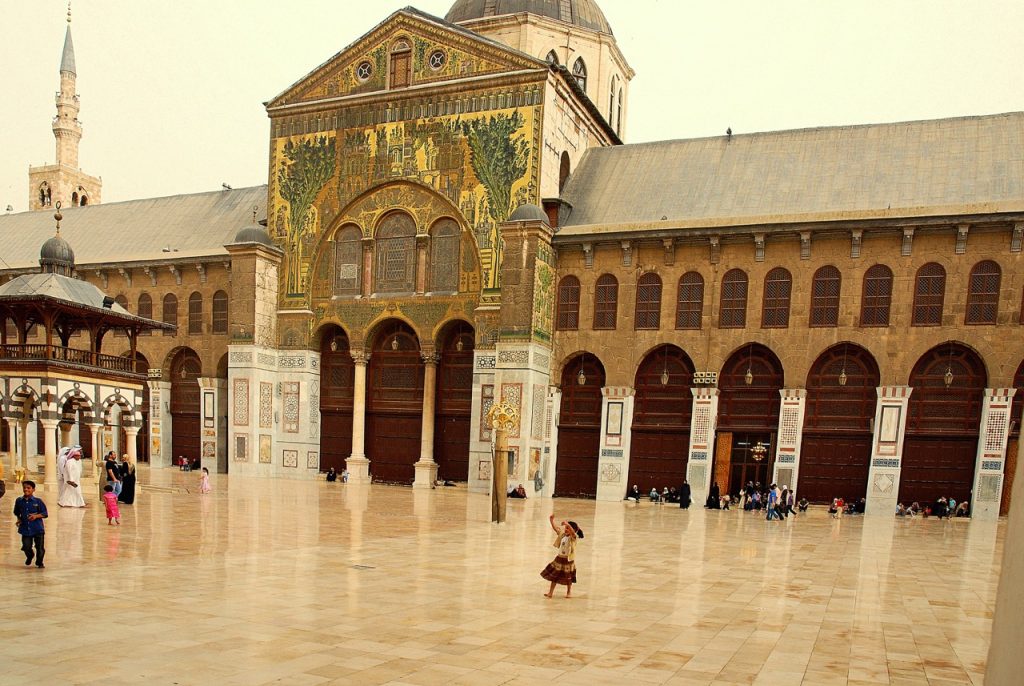
What do you do for a living? How do you fit that into travelling?
My time now is exclusively focused on travel and photography. While home, I write about my adventures on ExploringEd.com and social media and enjoy the culture and entertainment in New York City.
I worked for multinational financial firms, based in New York City. The one thing I did right in my life was saving as much as possible, starting with my first job. Because of that, I was able to quit work in my fifties and live off my savings. It helped that Khadija had high-level jobs in the United Nations, thus providing additional income.

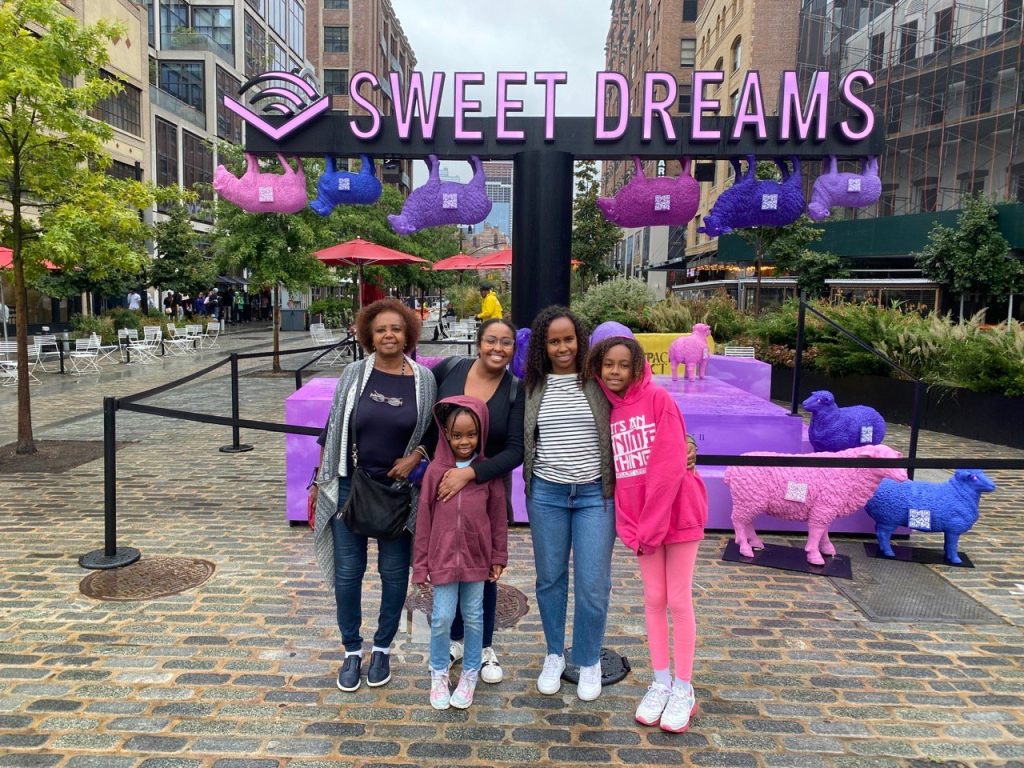
You travelled to 48 US states before you turned 21, all on a low budget, hitchhiking. How did young Ed get this idea and courage to achieve it? Where does the wanderlust in you come from?
My father and I had a close relationship, but frequently argued, often over nothing of importance. After one such encounter, I was so frustrated and hot-headed (blame it on my tender age), I stormed out of the house and went on the road and started hitchhiking. I ended up going to several states on hardly any money. But the freedom of the road and the thrill of not knowing what would happen appealed to me.
When my childhood friend Phil, to whom I dedicated my website, and I was freshmen at the University of Colorado in Boulder, I threw out a wild idea of hitchhiking to San Francisco for a weekend and he immediately agreed (What normal person would do this?). In Oakland, two inebriated young ladies picked us up and were soon stopped by the police, who turned the car over to us. We had to get them out of jail even though we’d been in the city for only a few hours.
For lunch, we went to a Hare Krishna centre that offered free vegetarian food and their mystic philosophy. On the way back, after losing our meagre stash of cash playing blackjack in Carson City, we were freezing late at night on a desolate stretch of Interstate 80 in Utah. A pick-up truck stopped to give us a ride, but only had room in the open bed. We were so cold that we told stories about being submerged in icy water to distract ourselves. In five days we went there and back, but I didn’t know this was just the start of many adventures hitchhiking and travelling the world.
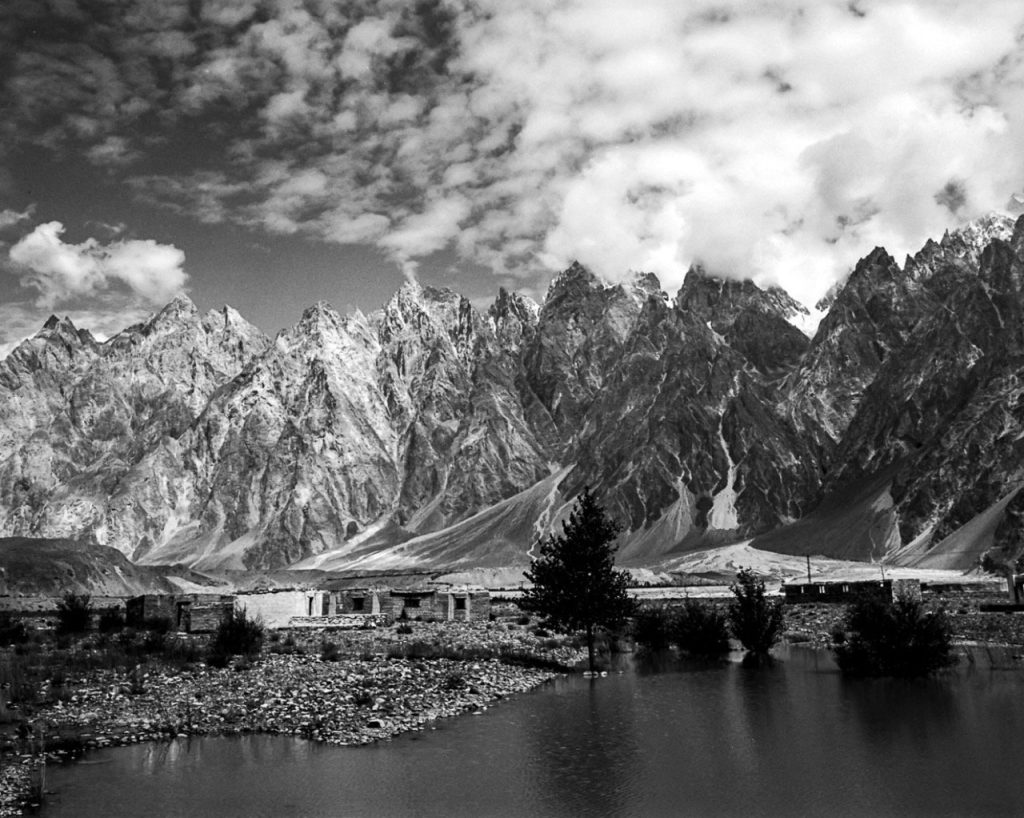
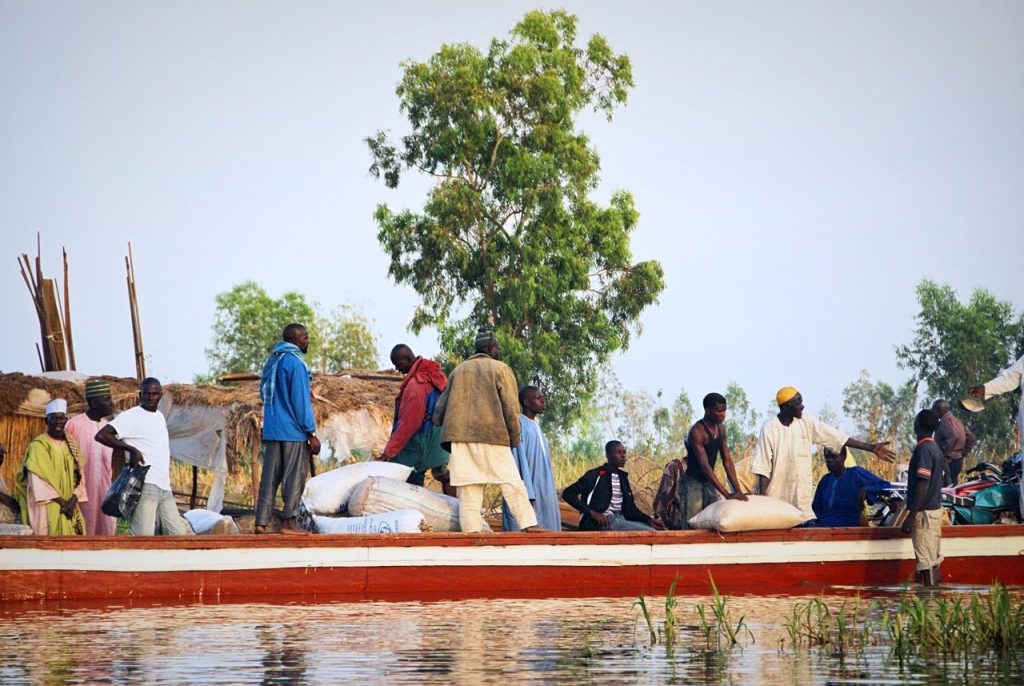
What are your biggest travel interests? What do you like to explore the most?
I love to listen to the life stories and pursuits of the folks I meet, locals and fellow travellers.
I’m immensely interested in culture and art. As much as possible, I try to hear live music, see art exhibits and study the local architecture.
I’m also fascinated by geology and wildlife. I can never see enough waterfalls or go on enough safaris.

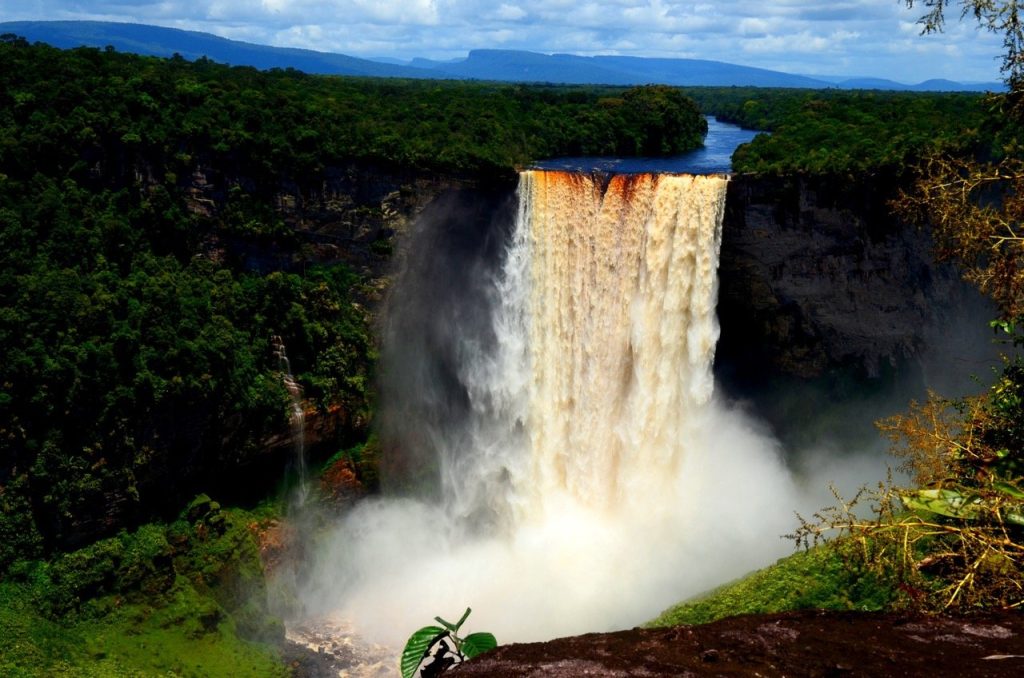
Please share some travel stories with us. What are some of the most surprising moments that you remember from your travels?
My travel stories range from ordeals to surprises to simple moments.
1) When travelling the Silk Road, literally by road, with Phil, we were stuck at the China and Kyrgyzstan border for two days. We had arranged a ride to pick us up in Kyrgyzstan, but they had to stay miles from the border. We couldn’t contact him, because this was in the pre-cell phone era.
We sat on the Chinese side, next to an arch with Chinese characters on one side and Cyrillic on the other (Kyrgyzstan used to be part of the USSR). Out of boredom, we walked through the arch and almost started an international incident when Kyrgyz soldiers started running from the hills and the Chinese soldiers were waving us back. We wisely returned to the Chinese side. After sleeping in a taxi with a driver who was agitated and wanted to return, we decided to go to a Chinese military base a few miles back.
Upon arrival, we found a few troops marching under the direction of a superior in front of nondescript single-floor buildings. We were ushered into the commander’s office. We never figured out his rank, but he was in his early forties and had the look and manners of a leader. He knew enough English to communicate with us. We showed him all sorts of documents (visas, passports, letters), as bureaucracies like to see them. He left us in a small room and an hour later he returned and escorted us to a large cargo truck with a Kyrgyz driver.
He told us this will allow us to cross the border, but don’t try to come back because you and I will both be in big trouble. Once we passed the arch, we drove for a half hour, past the Chinese and Kyrgyz border troops, over the uncultivated landscape and found our ride was still waiting after two days.
2) My top wildlife experience was seeing wild Gorillas in the Bwindi Impenetrable Park in Uganda. I had arranged a ride from Kigali, Rwanda and arrived in the tiny village of Kisoro. Here I saw a group of Mzungus (“white people” in Swahili and some Bantu languages) milling around the entrance to the park.
While standing next to a covered area with seating for maybe thirty people, I chatted with two brothers from Holland. Each weighed over 250 pounds and had blond hair, grey close-cut beards and thick black-rimmed glasses. They were hard to tell apart, but one had a slight limp. They were telling me of their adventures in Uganda, including Murchison Falls and a white rhino sanctuary. Augustine, one of the park guides, thanked the crowd for coming and supporting the preservation of the gorillas.
He said each party was accompanied by guards with guns, so they could scare away forest elephants if we ran into them. He told everyone to be sure to pull their socks over their pants to stop ants from getting in. We proceeded on the ever-slippery path to find Gorillas, which we did. We had an hour but it was raining hard and they were not moving and obscured by foliage.
I had planned only one day because it was expensive but eventually, price be damned, I went again. It was the right decision and this time I went with my own guide and guards with guns. Then I saw a band of several gorillas of all ages, in a sunny opening, actively eating and interacting with each other. I’ll never forget this extraordinary experience!
While walking back, the guide told me the previous day that a German man weighing over 120 kilos (265 pounds) required a stretcher to be carried out of the forest. Twenty porters, working in shifts, were required to carry the man. After several hours of exertion, they extracted him. Just before they were out, they ran into an elephant, placed him on the ground and scattered. Luckily, the guards manoeuvred the elephants away. When I told my Kigali driver the story back at the lodge, he revealed that the man was one of the Dutch brothers I had met the previous day.
3) On all of my wife’s and my trips, we have been blessed with kindness from local people. It has ranged from men digging our car out of the sand on a remote desert road in Tunisia, to search and rescue workers looking for Khadija who was lost in the Lofoten Mountains in Norway, to Toyota Dealer employees who fixed the undercarriage of our car in Eswanti in record time.
One of my favourite cities is Hanoi, as it is so colourful and energetic. Through our hotel, we arranged for a college student, Hanh Bui, to be our guide for half a day. Students volunteer mainly to practice English and do not charge anything but they should be compensated in some fashion. Hanh Bui brought an unfiltered perspective to Vietnam society which would’ve been missed by a professional guide.
Once in a market, I haggled for a few minutes over a Vietnamese military cap with a woman hustling her goods up and down the street. I agreed to about 1/3 of what she initially asked for but once I told Hanh the price, she said it was too much. She knew because she helped her mother who worked in the market. The woman became quite upset, so I gave her what we agreed upon, as a deal was a deal and the extra I paid I considered my tourist premium. Sometimes, you can’t take advantage of local assistance no matter how helpful it is.
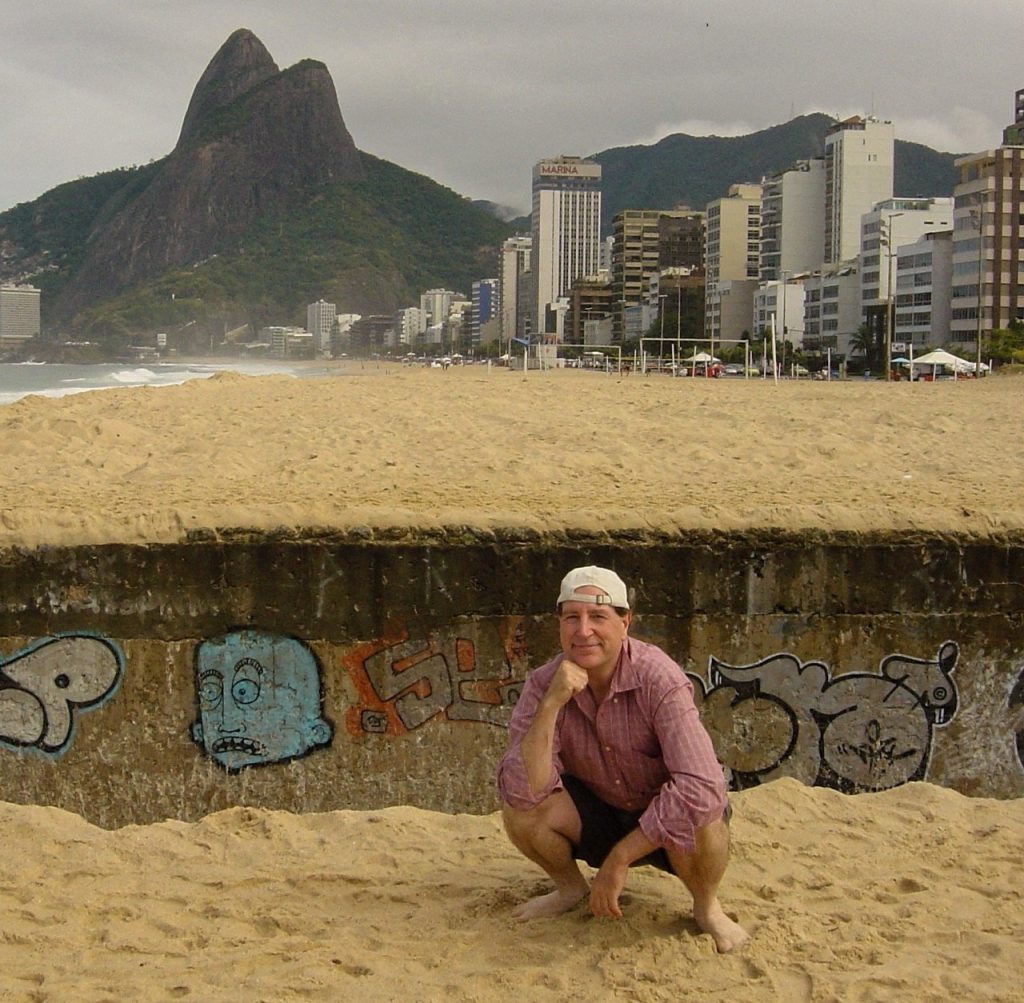

Are there some favorite countries or places that you like to revisit over and over again?
I have many more trips to do in India, as I love the colourful tableau and the exuberance and diverse cultures.
For photography, I would like to return to Iceland in the summer to take advantage of the many hours of soft light over the incredible landscape.
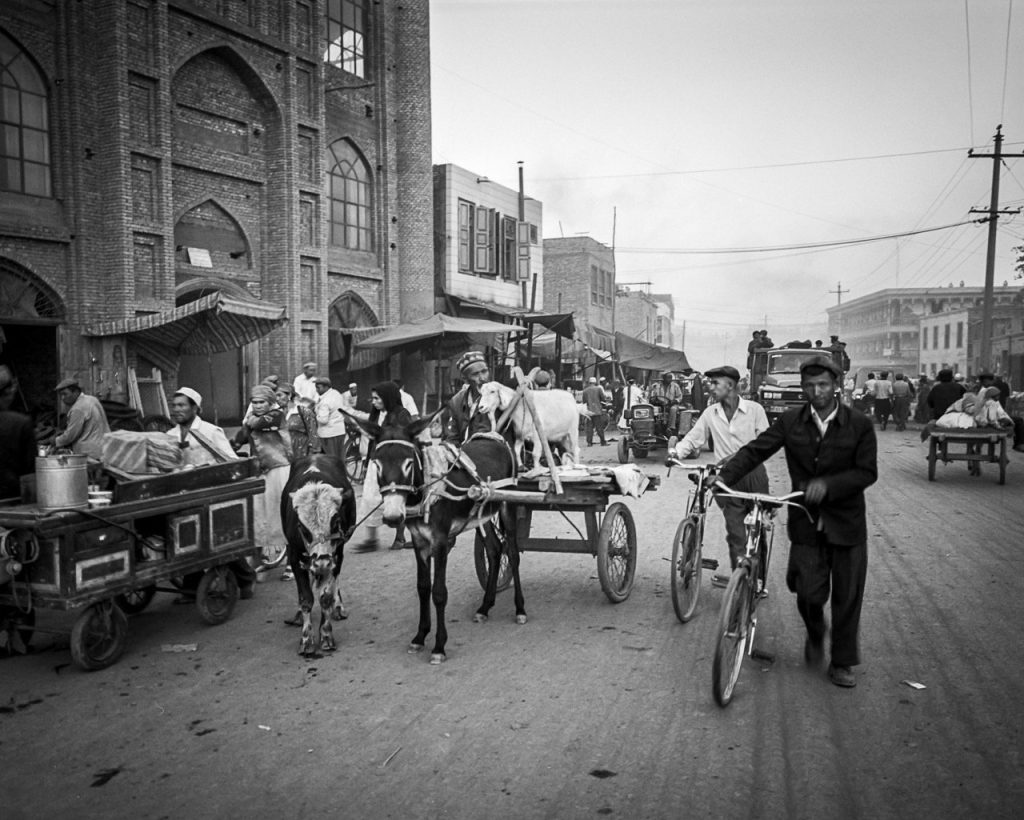
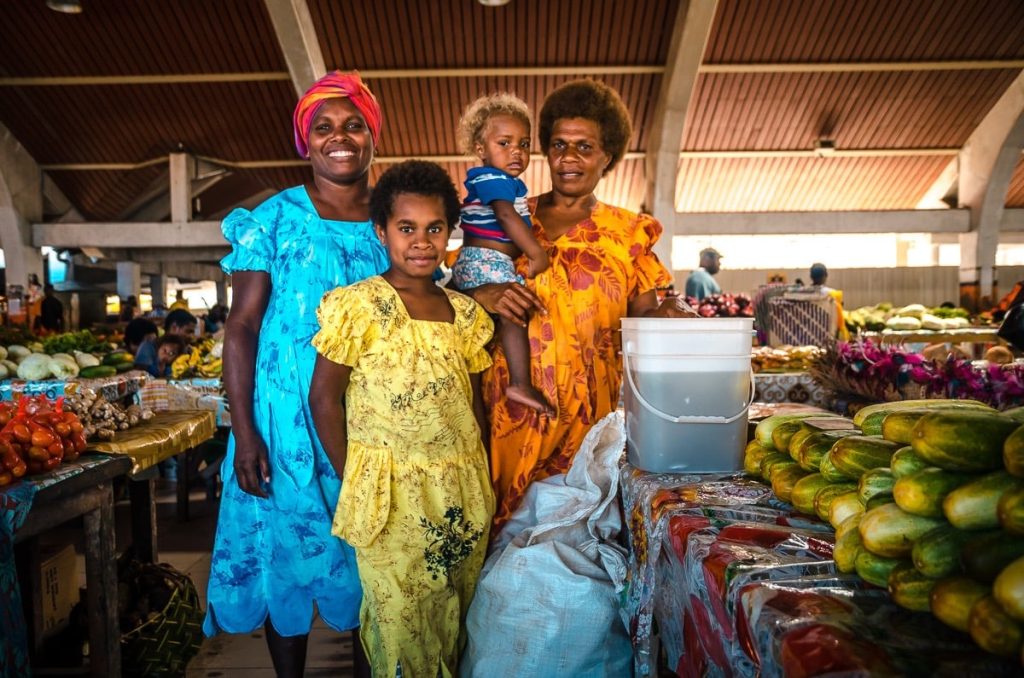
How did your general view of the world change with travelling?
I find that while there is remarkable diversity around the world, there are constants in every country. Parents want to take care of their children. Families hope their lot in life will improve over generations. Friends and family are immensely important. People and cultures have well-deserved pride in their lives and accomplishments. Deep down we all want the same out of life.
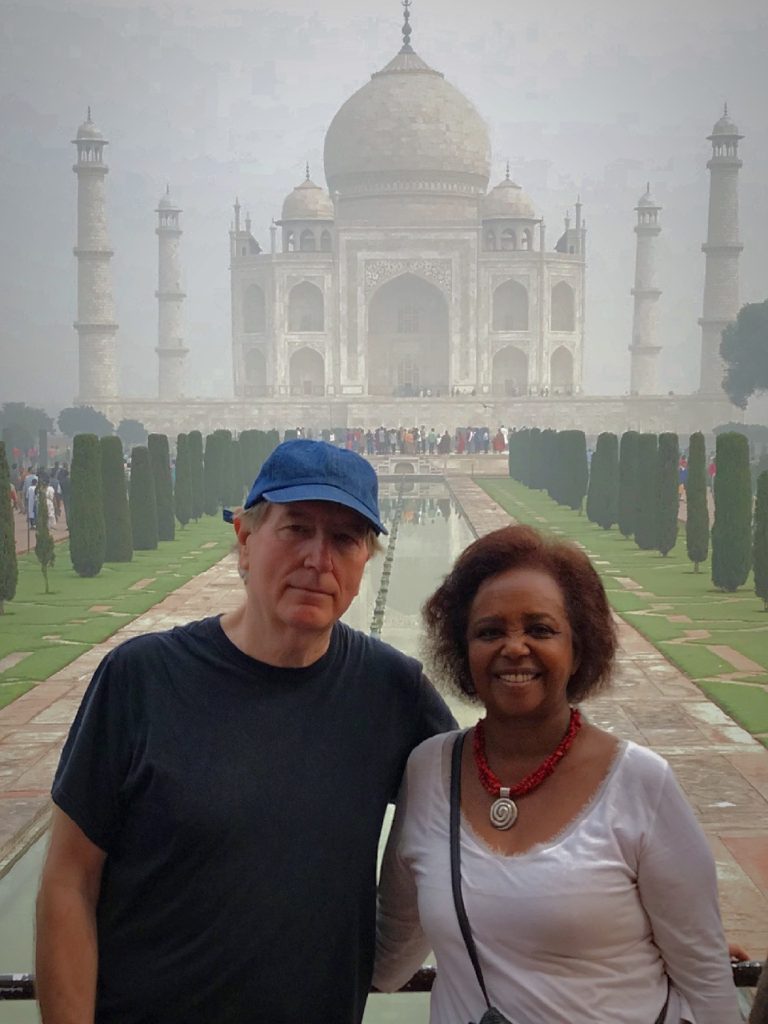
How do you choose where to go next? What does your trip planning process look like?
Now I’m focused on seeing every country in the world, which I count as 197 (193 UN members, 2 UN observers – Palestine and the Vatican, Taiwan and Kosovo). I’m at 121, so 76 to go. After that, I will just pick whatever suits my fancy and go there for as long as I want.
Often my trips involve visiting friends, either living in their home country or working elsewhere, and events such as weddings and festivals. Khadija, from working at the United Nations, has an especially wide circle of friends across the world and on almost every multi-week trip, we visit someone we know.
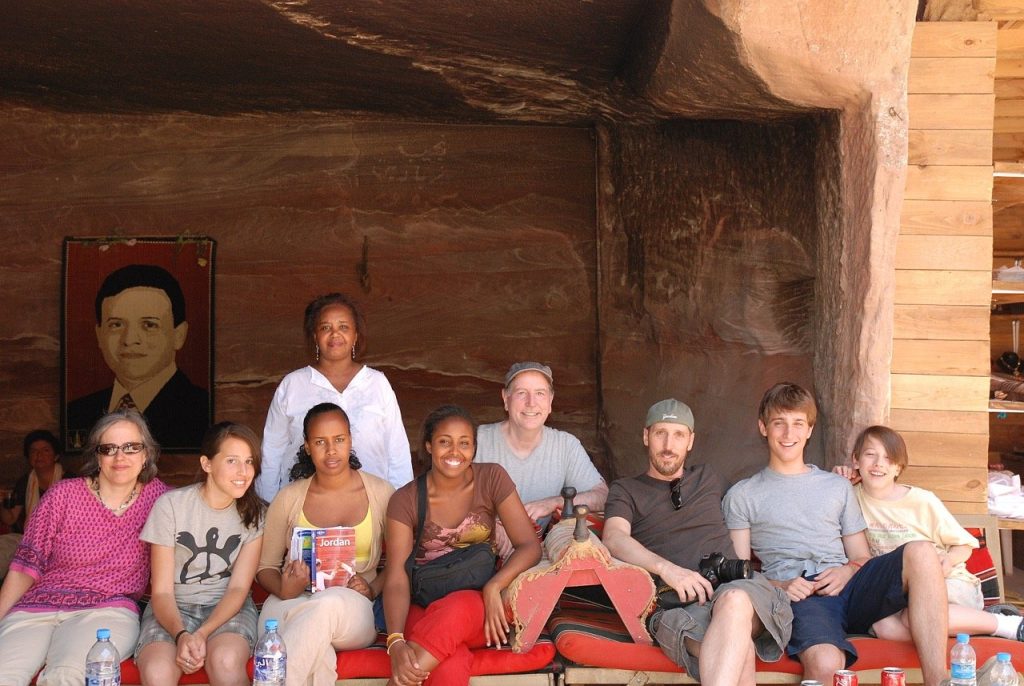
What would you recommend to fresh travellers who might want to travel more but don’t think it’s possible or don’t dare?
Don’t delay going to places you want, as they may not be there in the same way for much longer.
In 2008, my family went to Syria and decided to skip Aleppo as we thought we’d go there on our next trip. In 2011, the Syrian Civil War started and eventually, the city was flattened by bombs. The city may partially recover in some form, someday far from now, but it’ll never be the same as it was pre-war.
On the other hand, my wife, friends and I spent three weeks in Myanmar in 2018. The country was coming out of isolation and enchanting to travel through but in 2021, there was a military coup and tourism has virtually stopped. We were quite fortunate to go during that window of opportunity.
Speaking of fresh travellers, my eldest daughter, Halimo, is now exposing her daughters, Savannah and Vanessa, to the world of travel. They love exploring the Caribbean and recently spent a week in the Baja Peninsula in Mexico.
So the moral of the story is don’t put off travel even when you’re young!
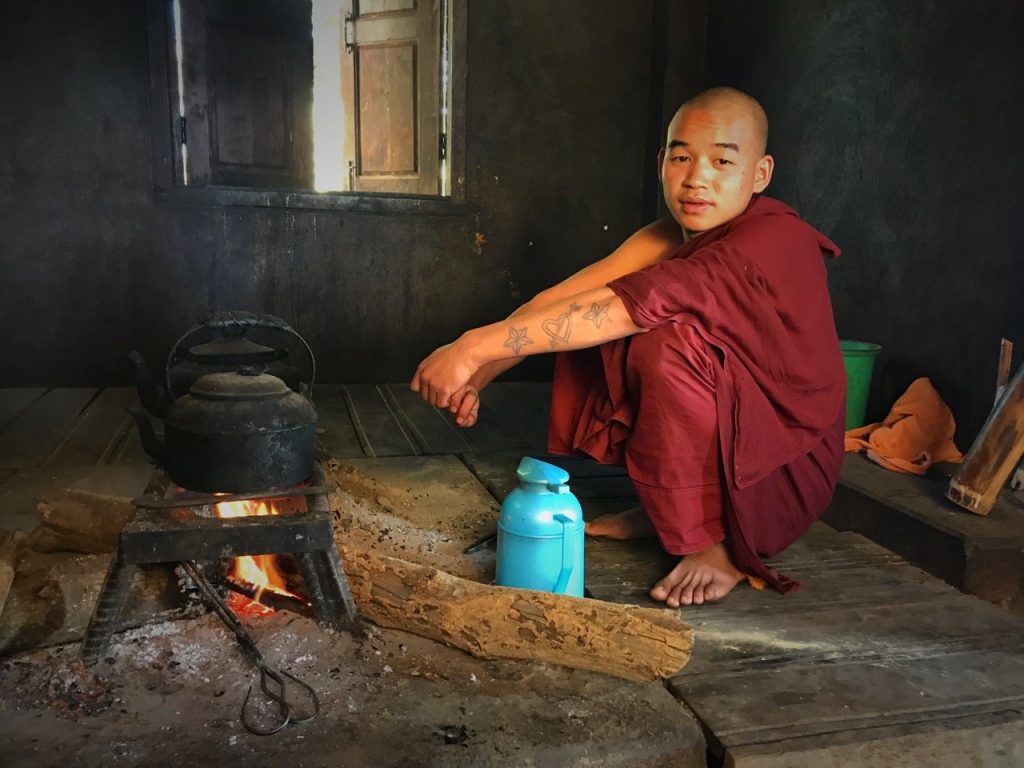
We have a signature question that we ask all of our guests: if you could invite 4 people from any era to dinner, who would your guests be and why?
Assuming I could communicate with them, they would be:
- A Neanderthal, so I could understand his or her way of life and see how close their species was to homo-sapiens.
- As a Native American from around 18,000 years ago, I could get first-hand information about the culture, history and technology of the time. I’d ask about the animals that roamed then including mastodons, mammoths and sabre tooth tigers.
- A Polynesian sailor from around 10,000 years ago so I could learn how he or she navigated vast expanses of ocean just in canoes and by reading the stars.
- An Egyptian architect who helped design and build the pyramids, maybe 4,500 years ago. I could then learn exactly how and when they completed this monumental task.
